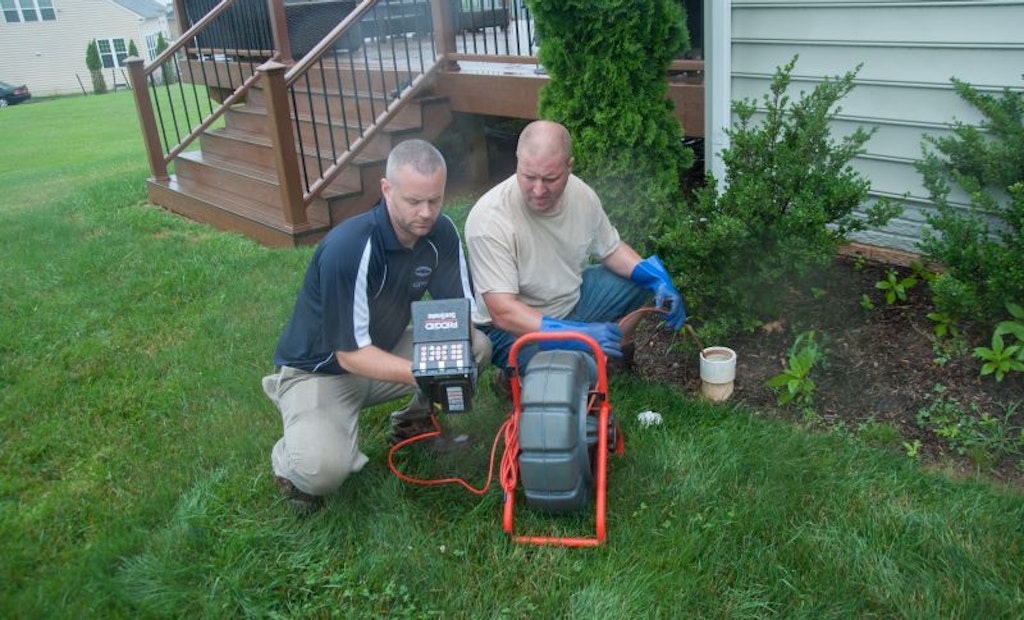The call always starts out the same. “I've had Joe Blow Sewer Cleaning out here three times and they keep telling me it's taken care of, but then we get another backup.”
Customers who have recurring backups are extremely frustrated, and this is unfortunately a common call....






